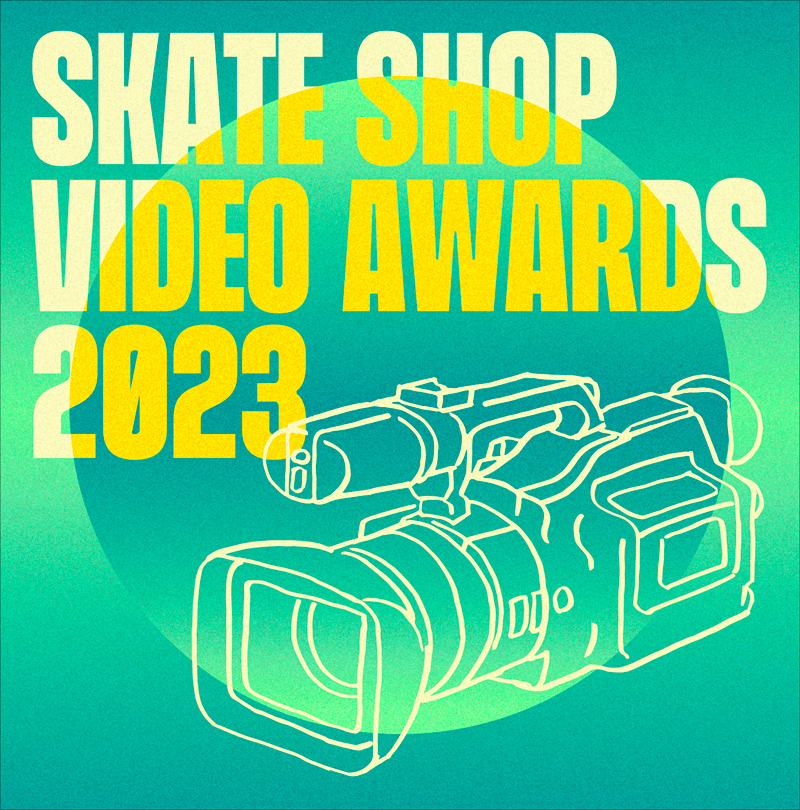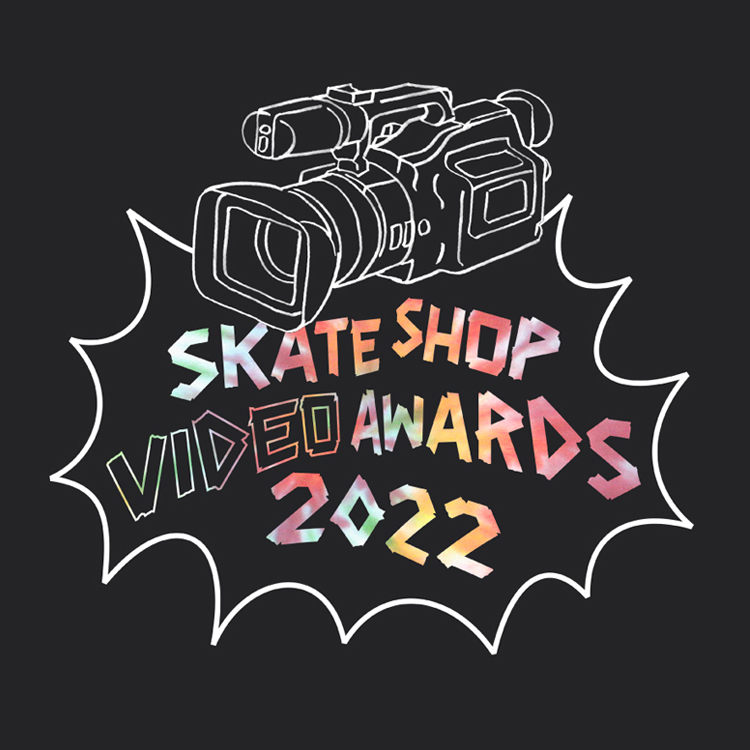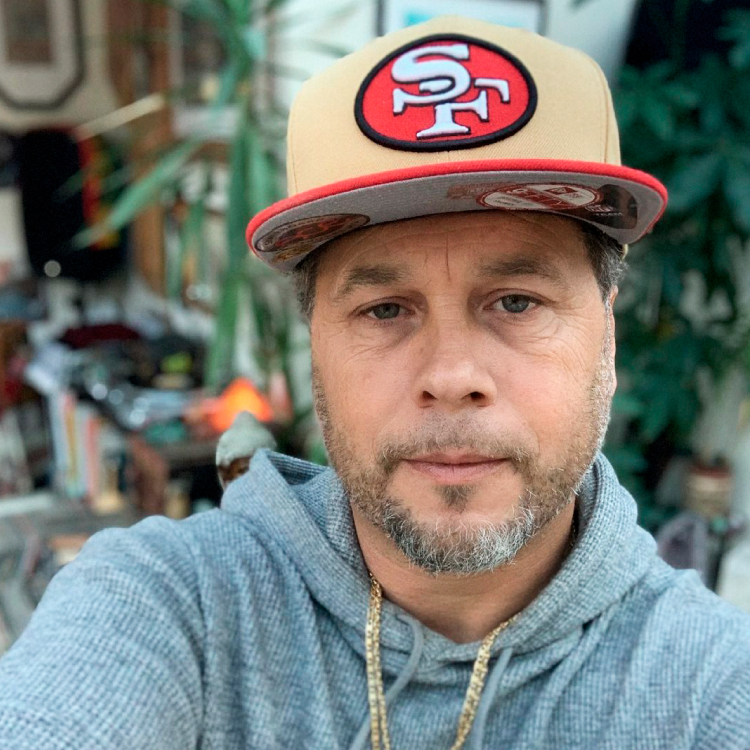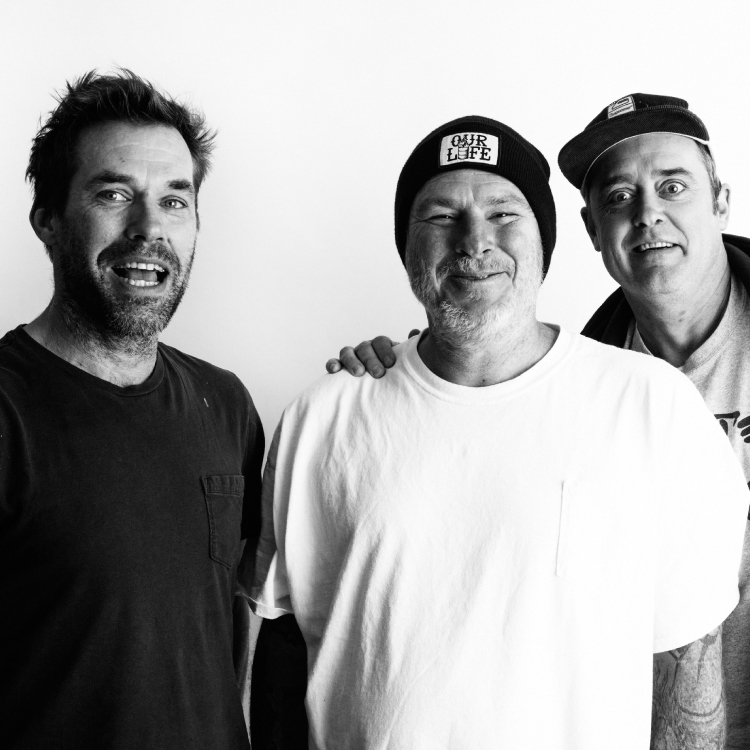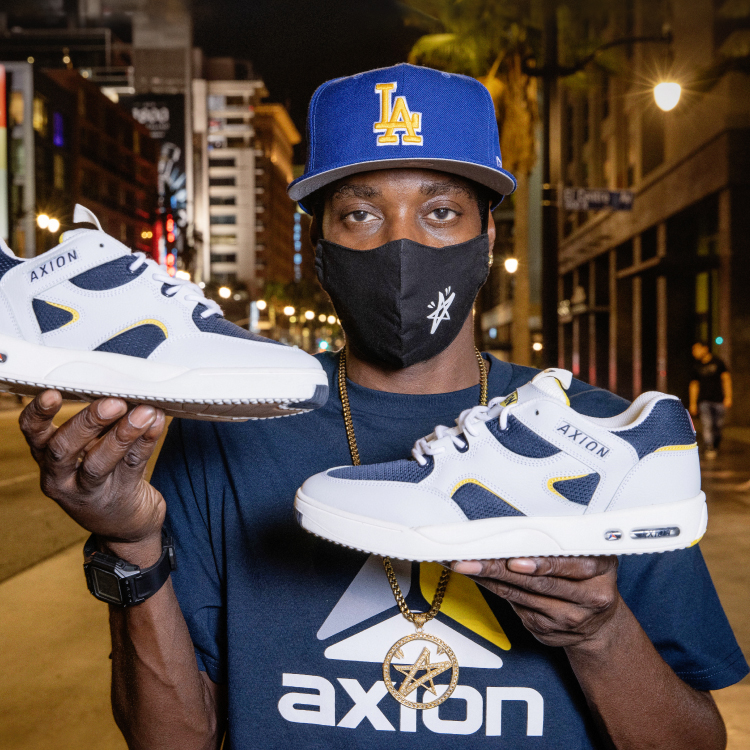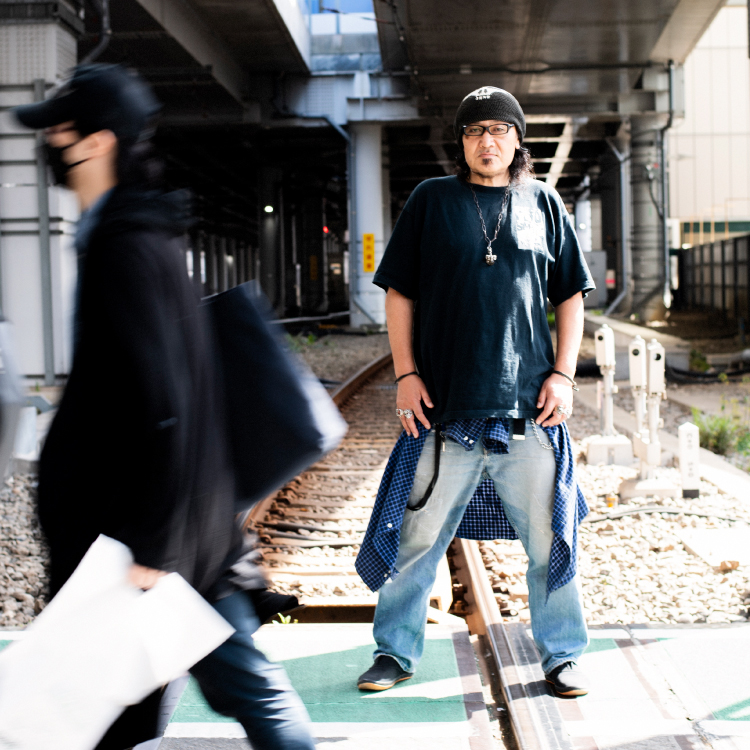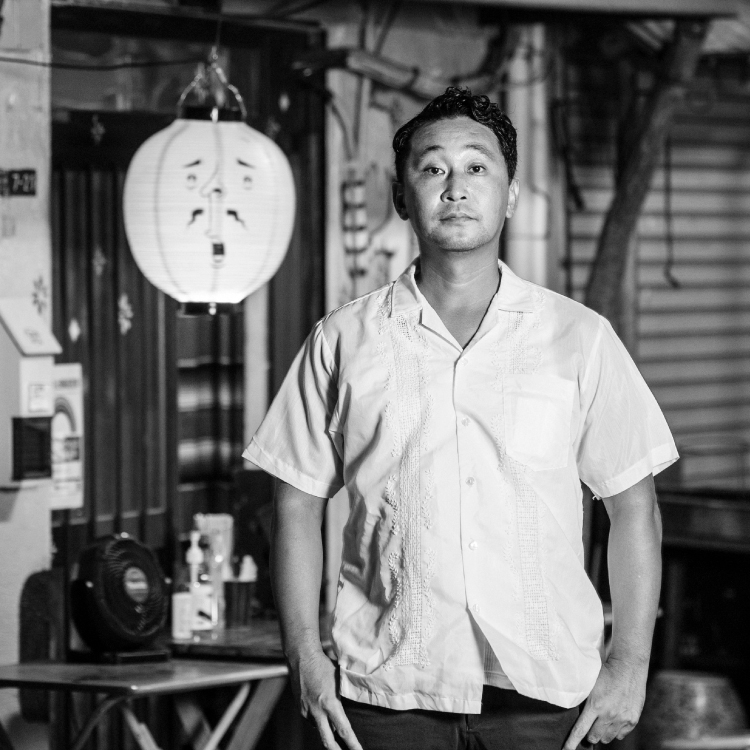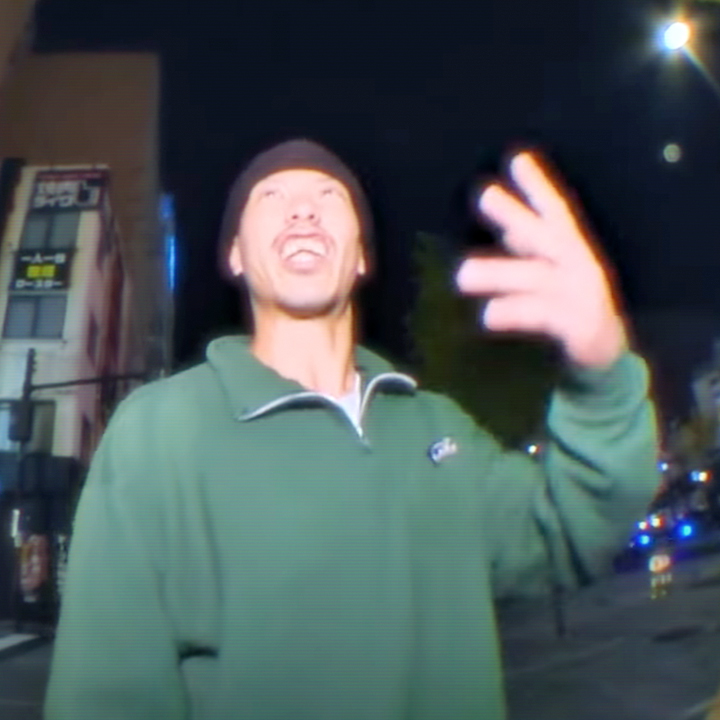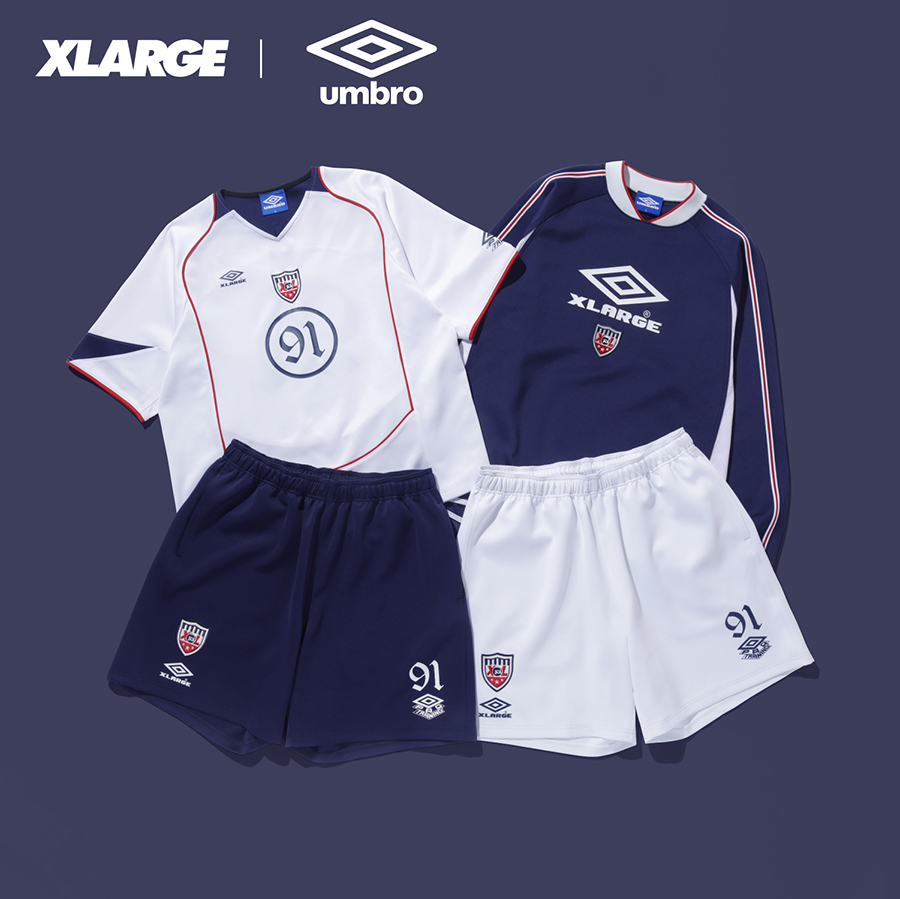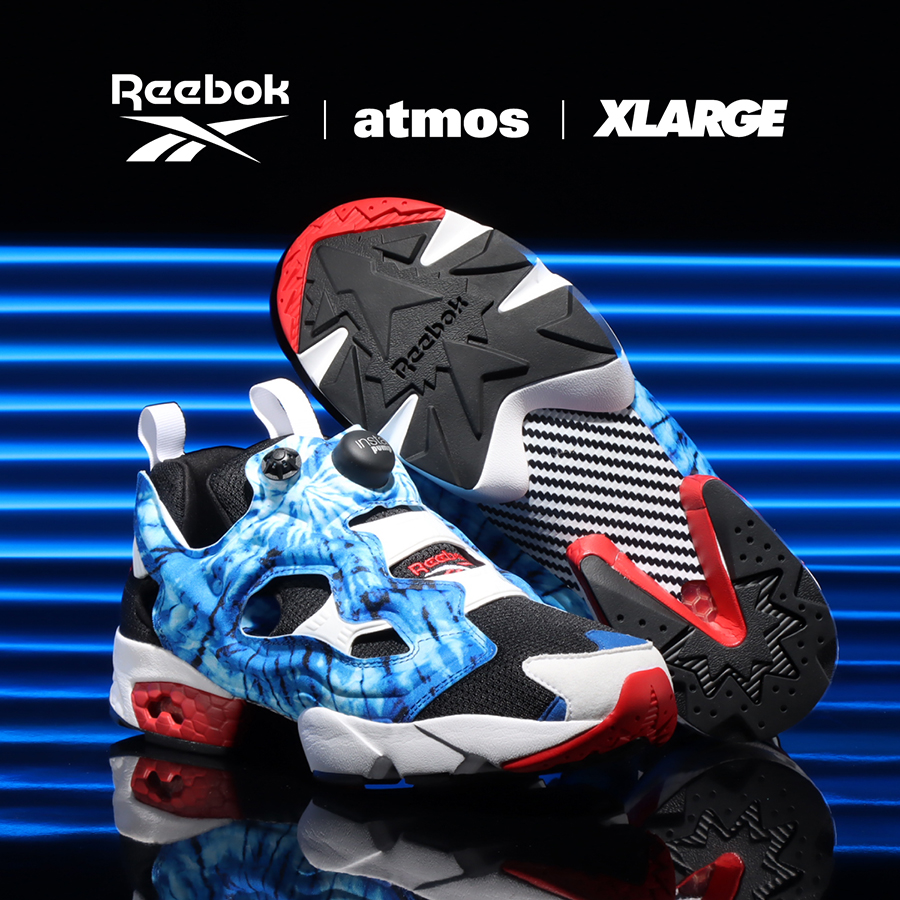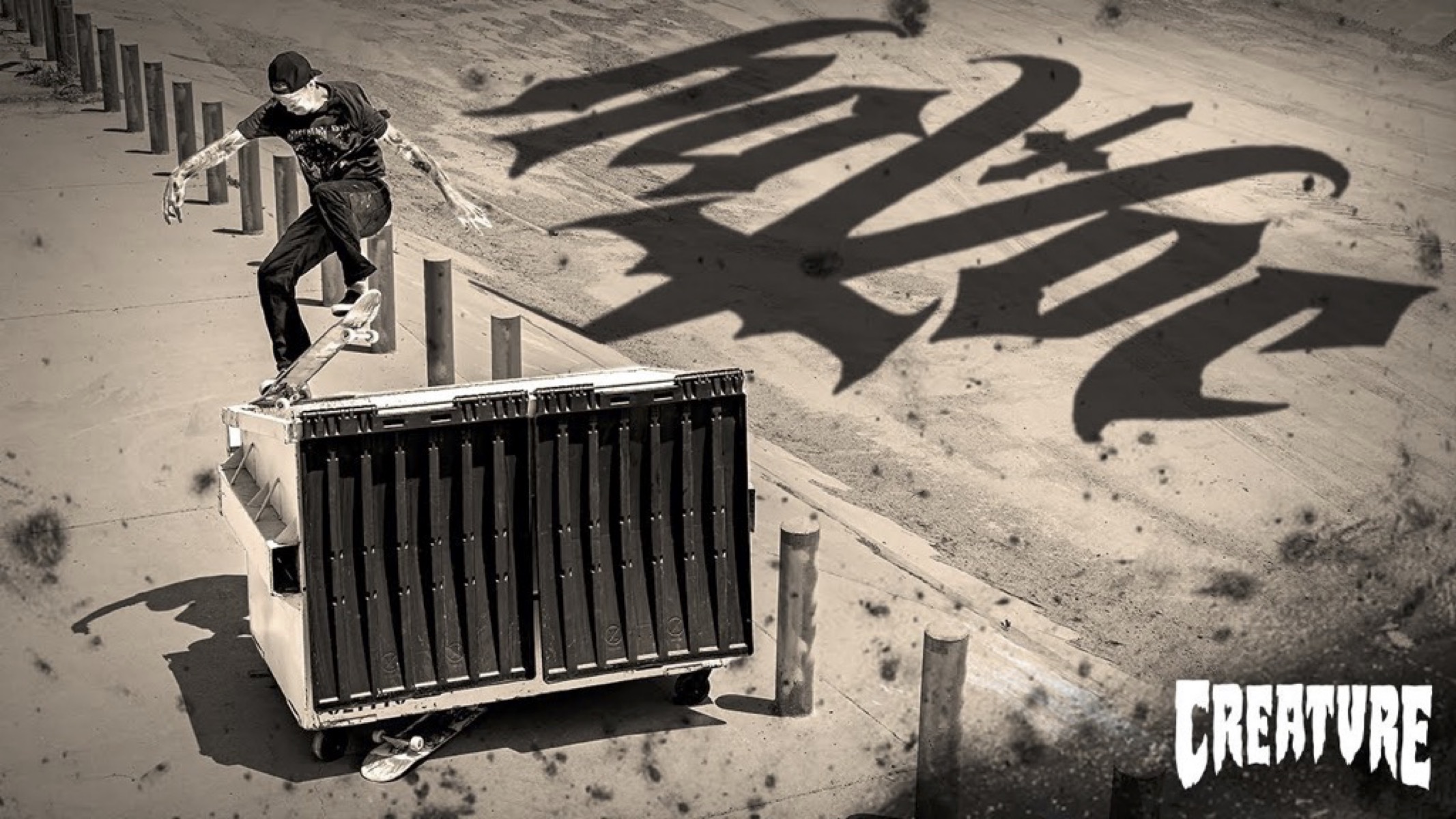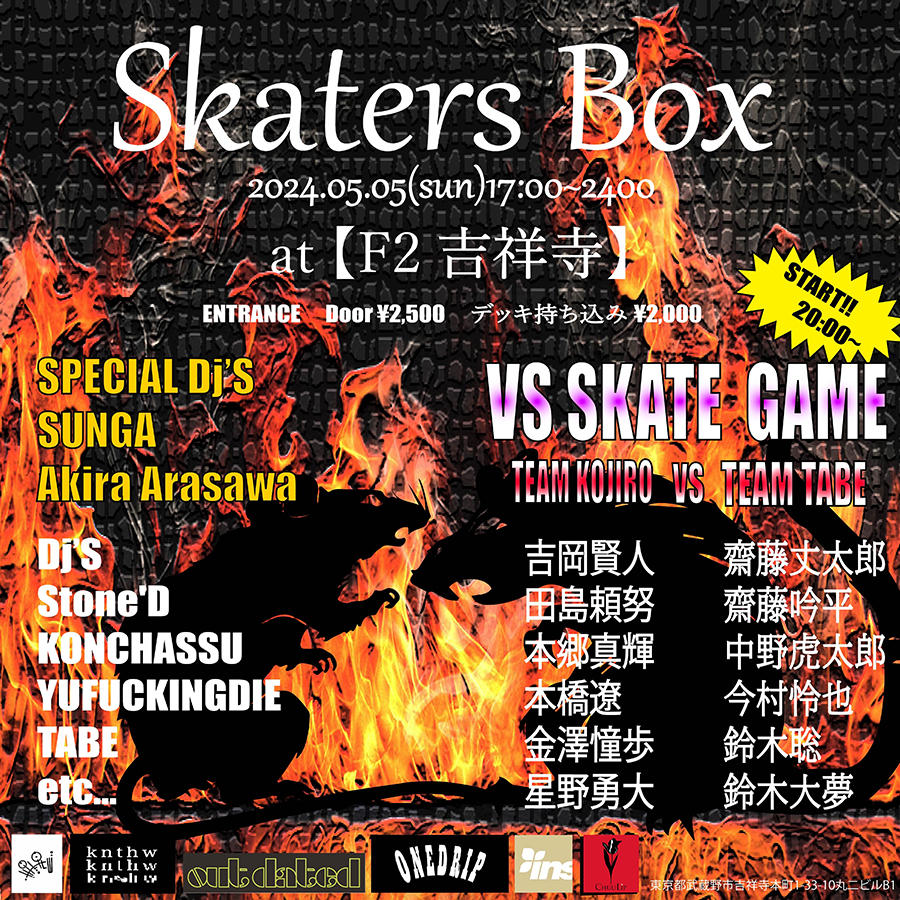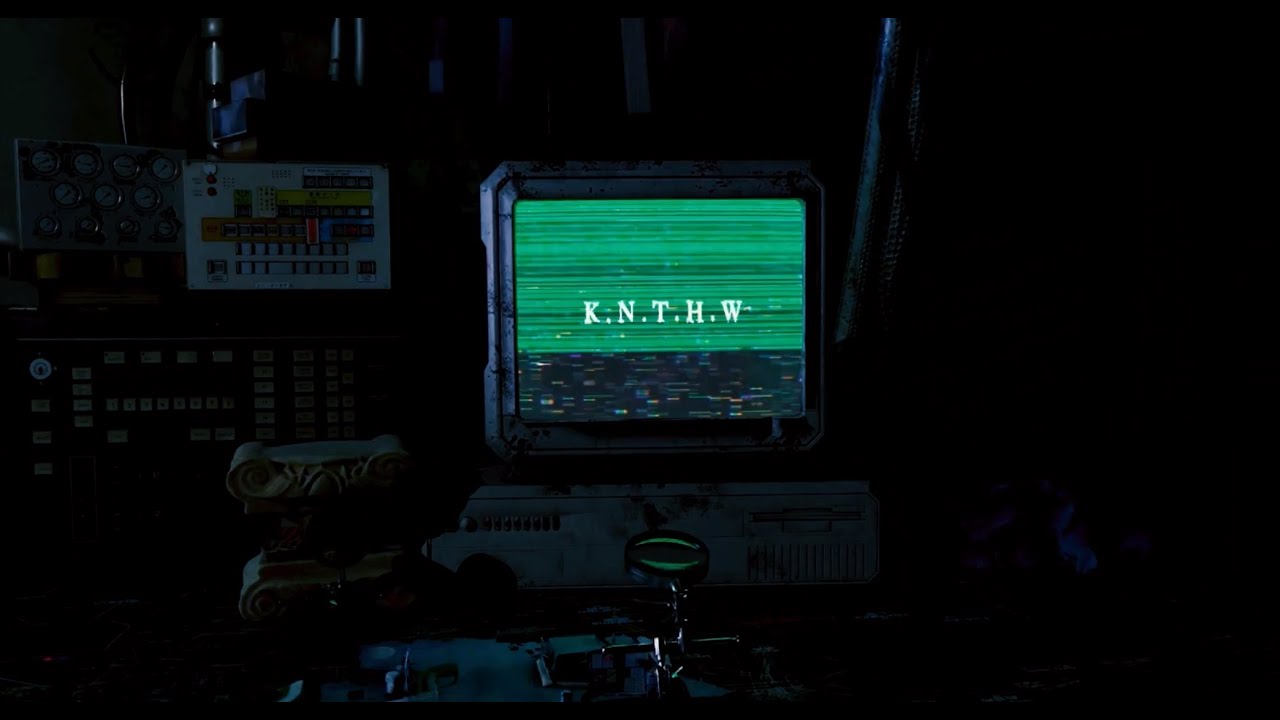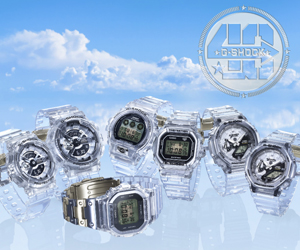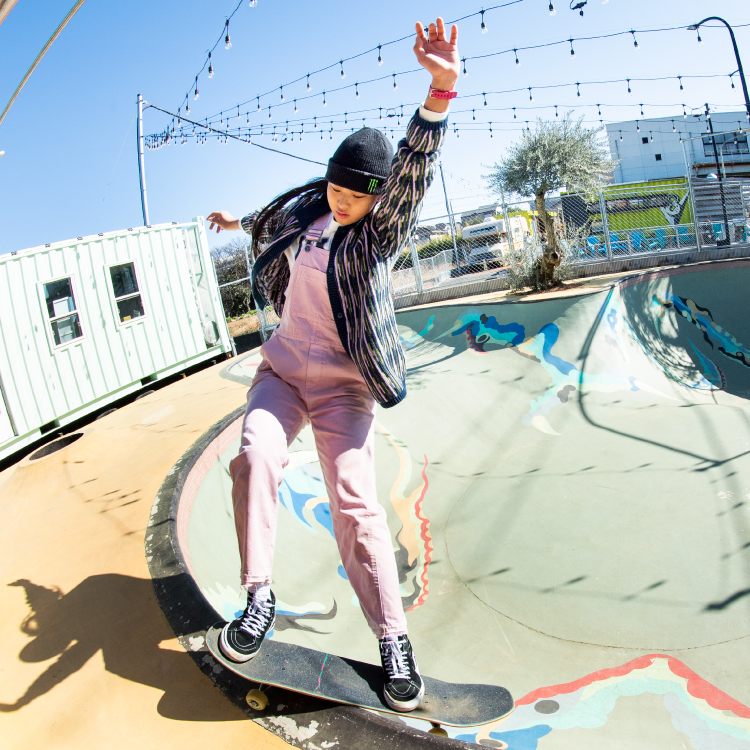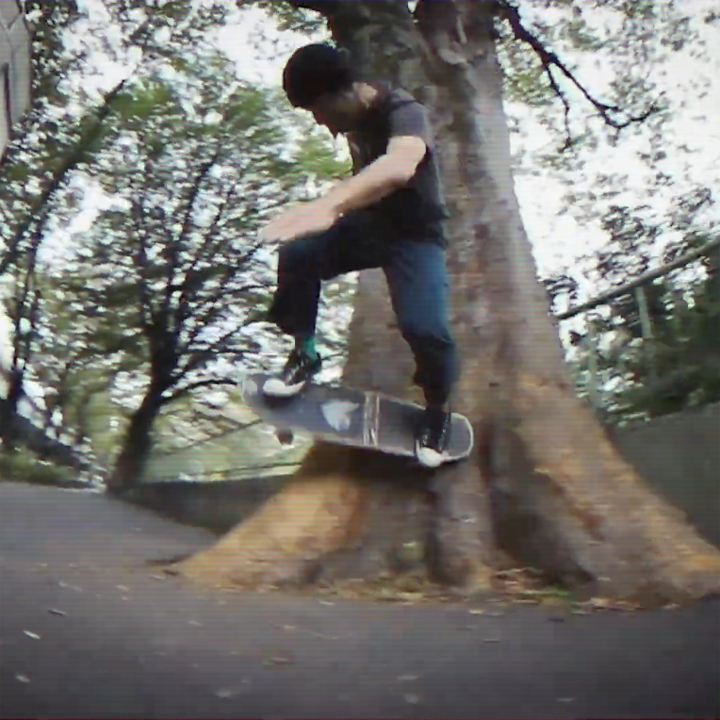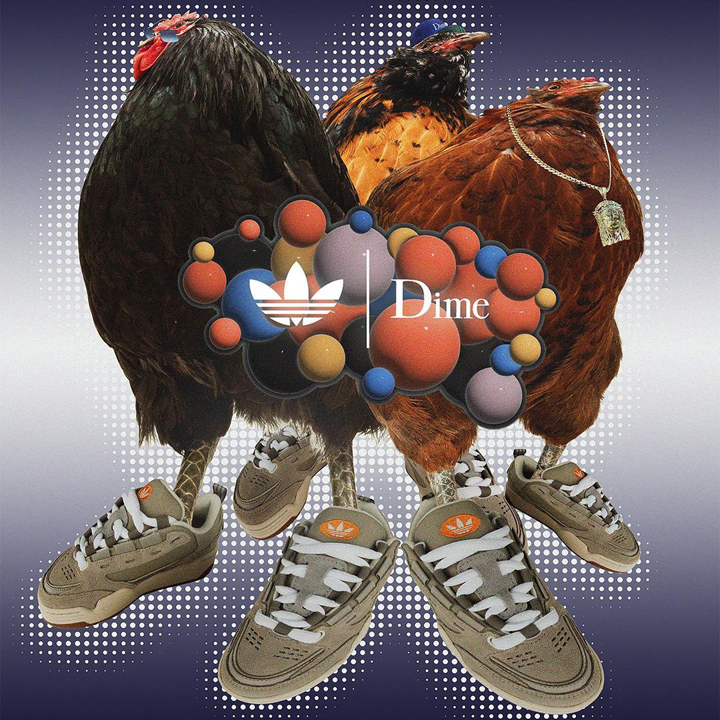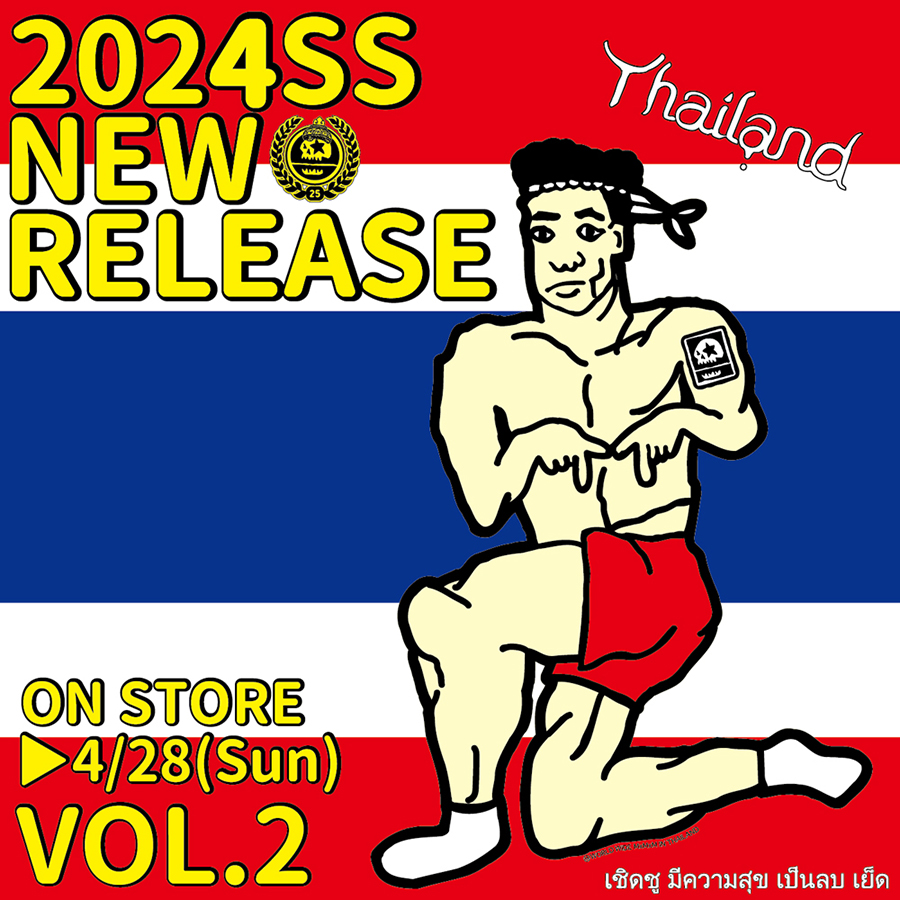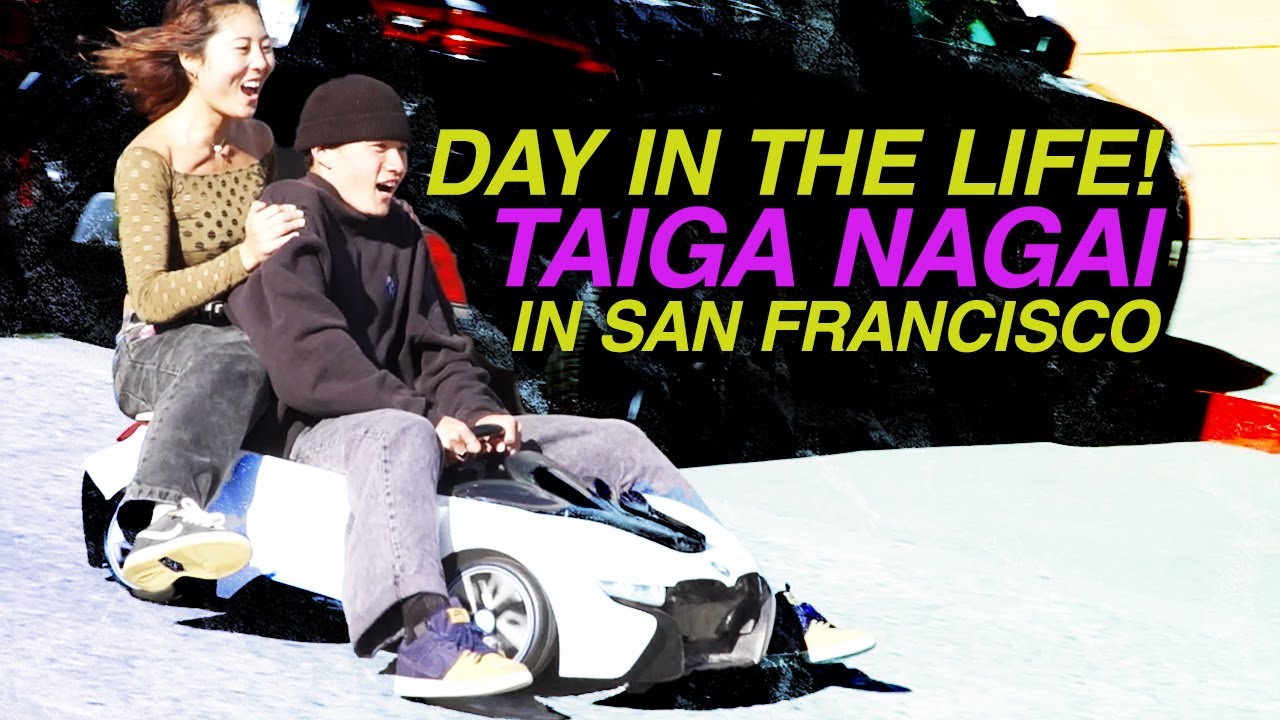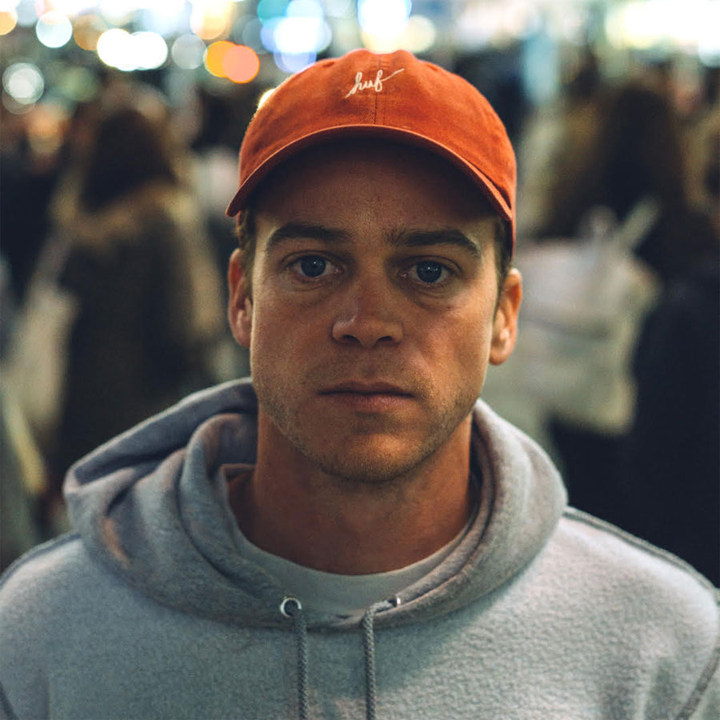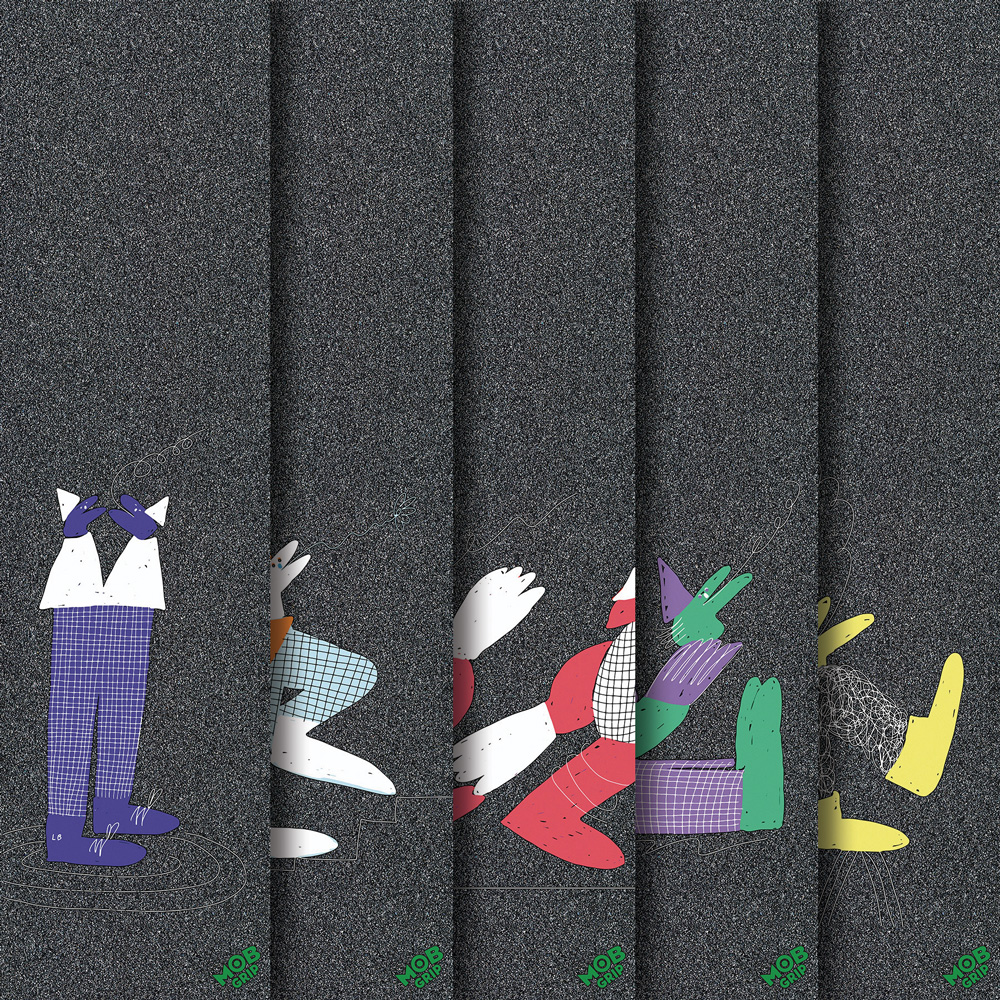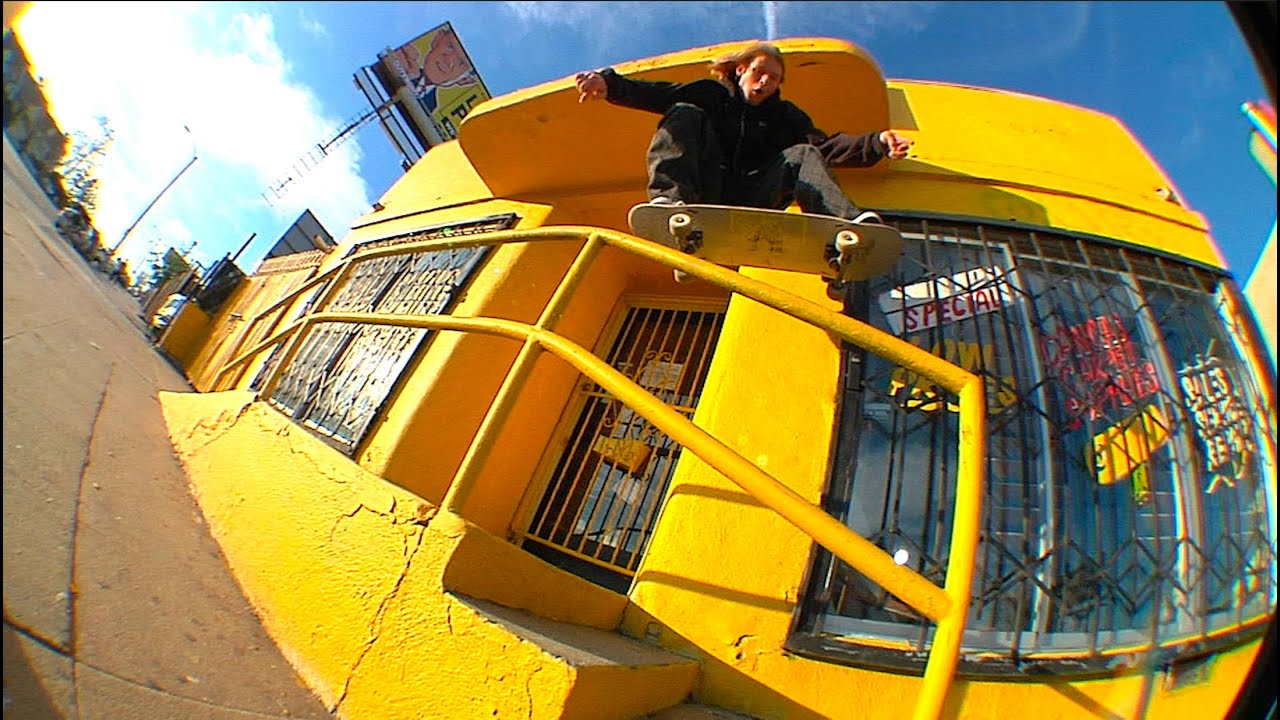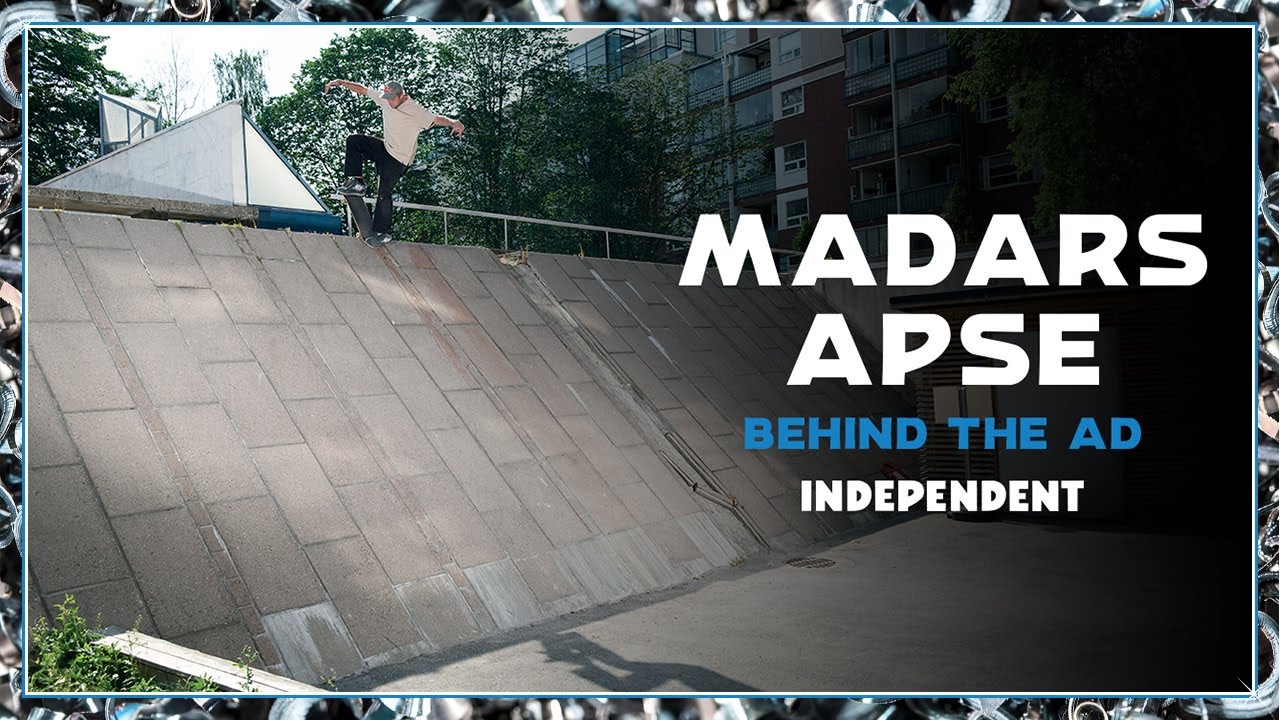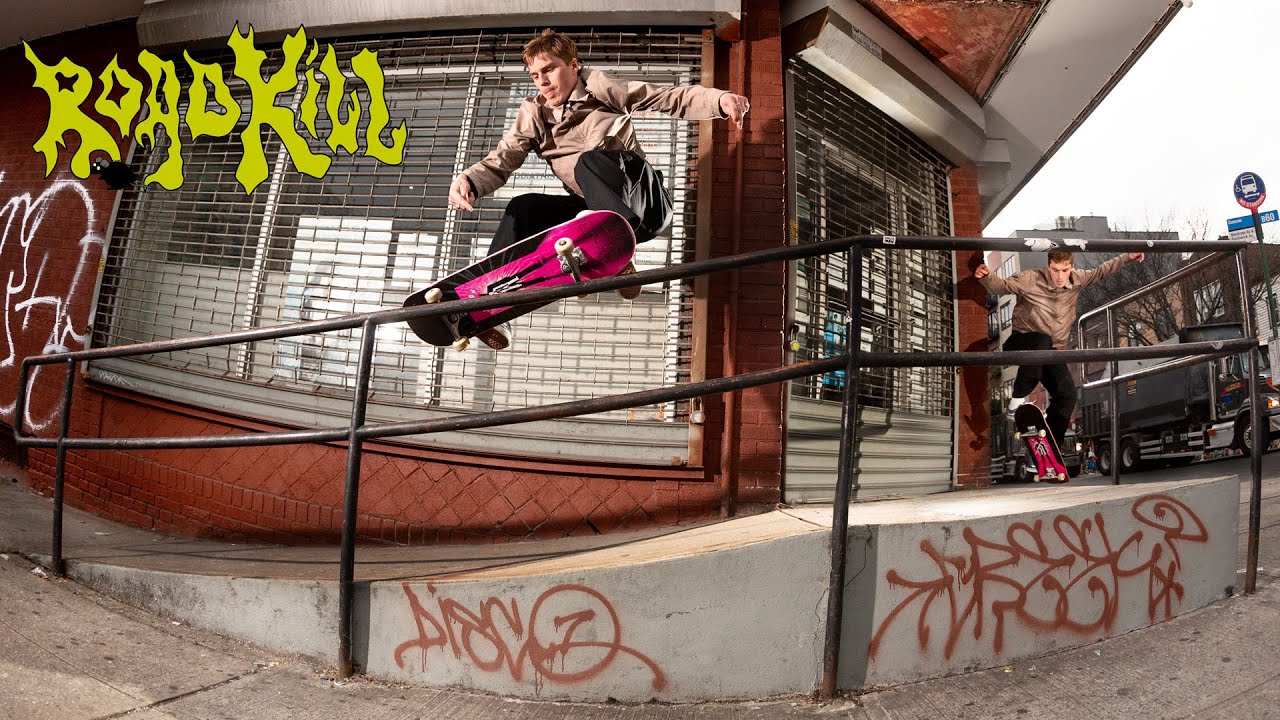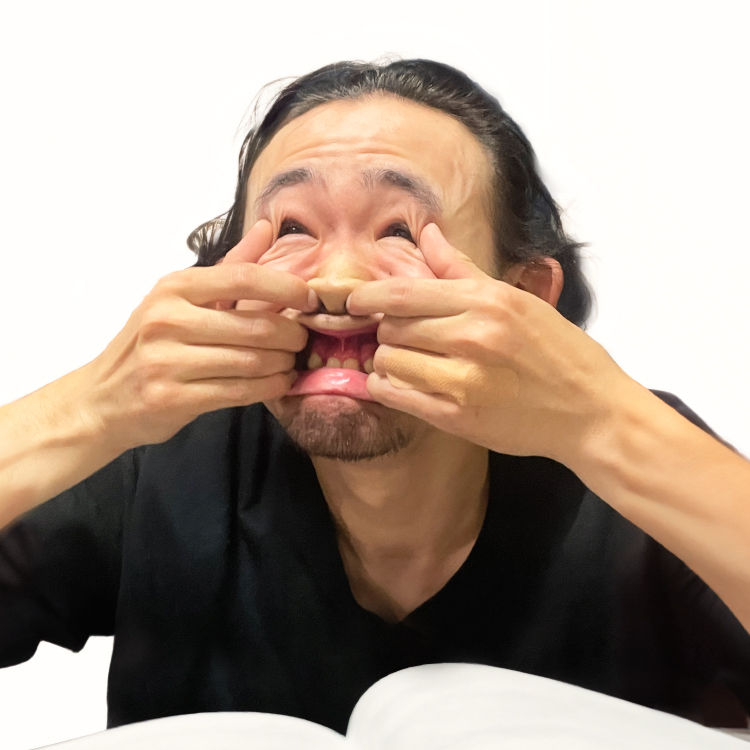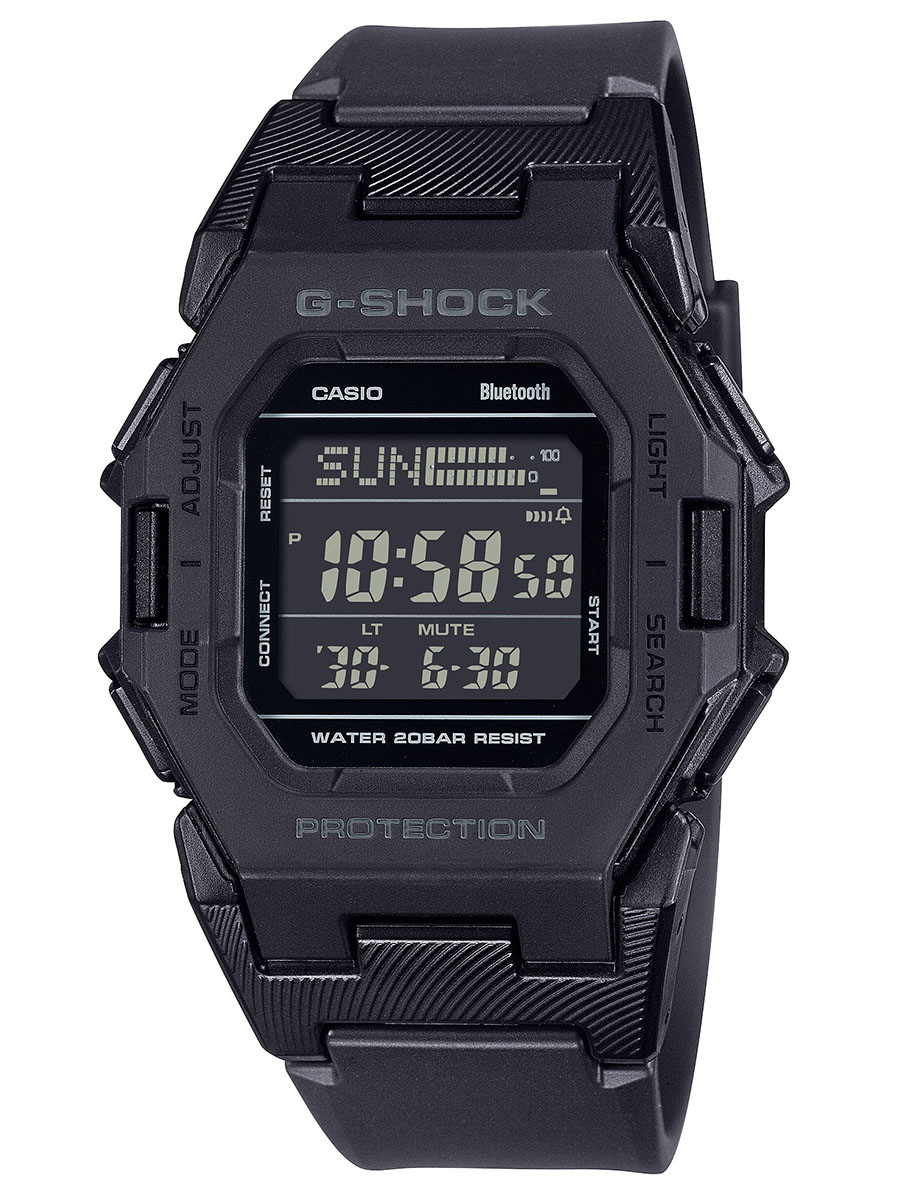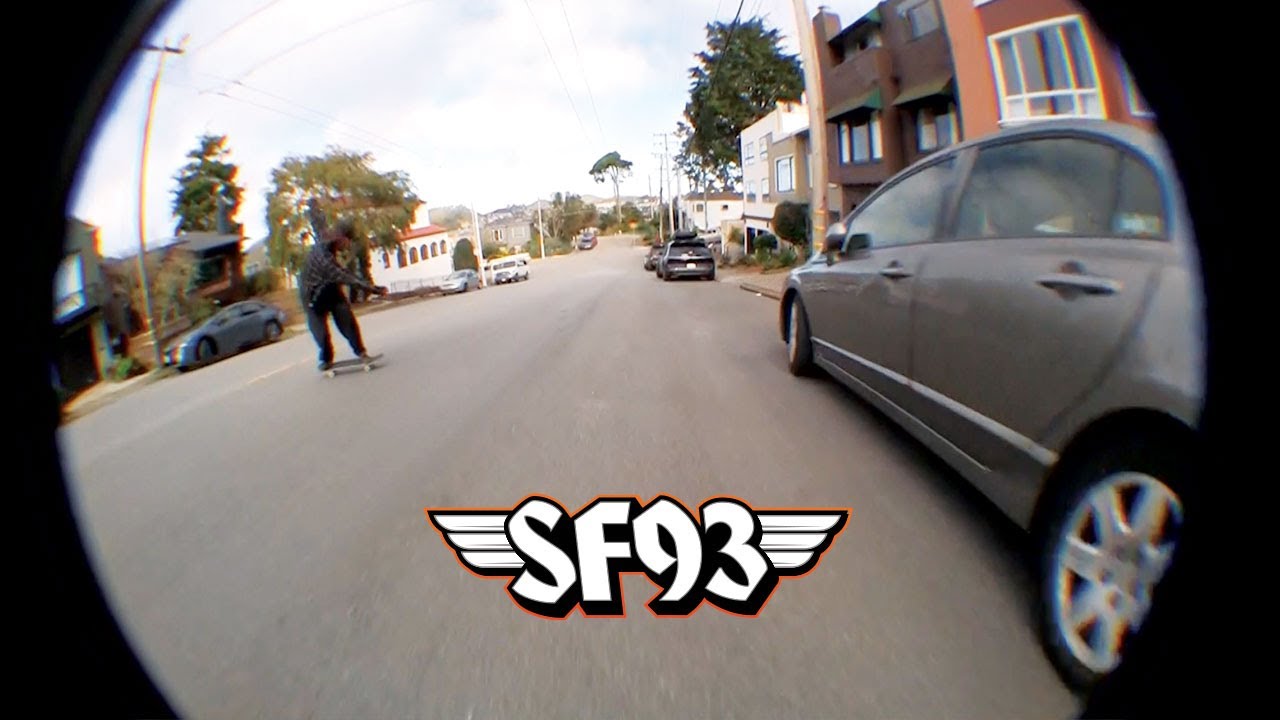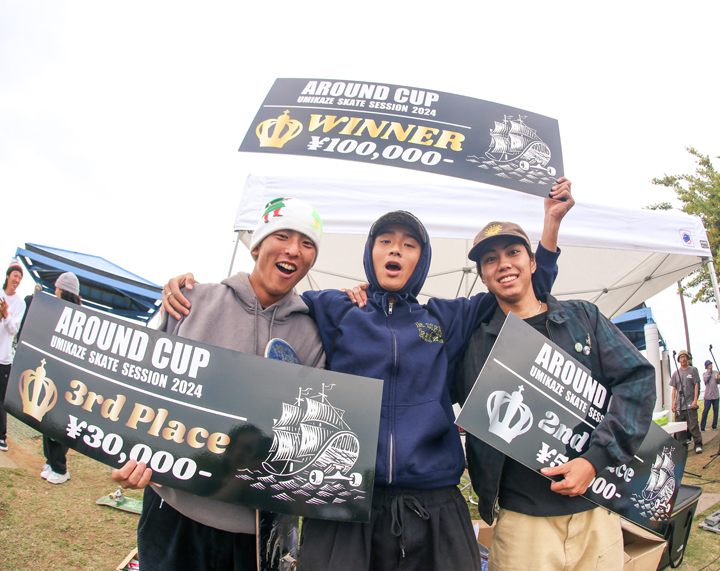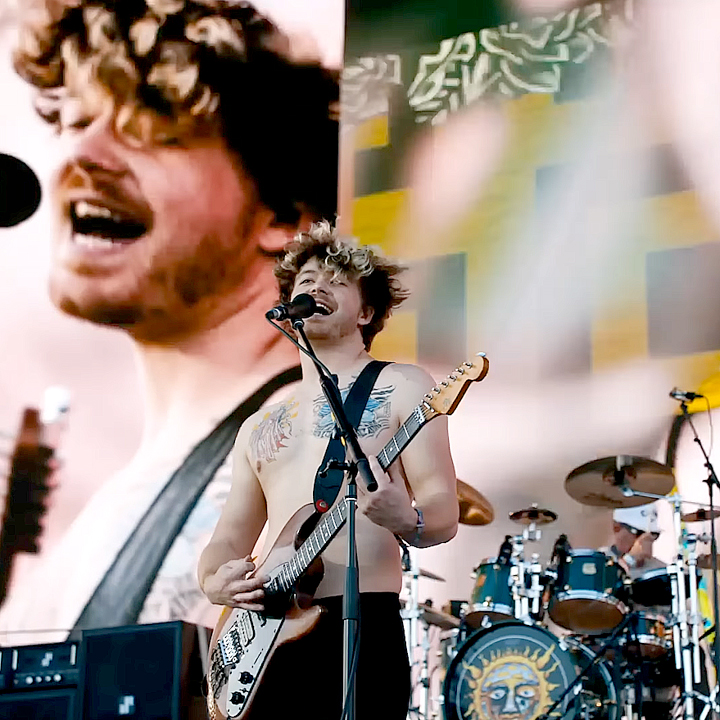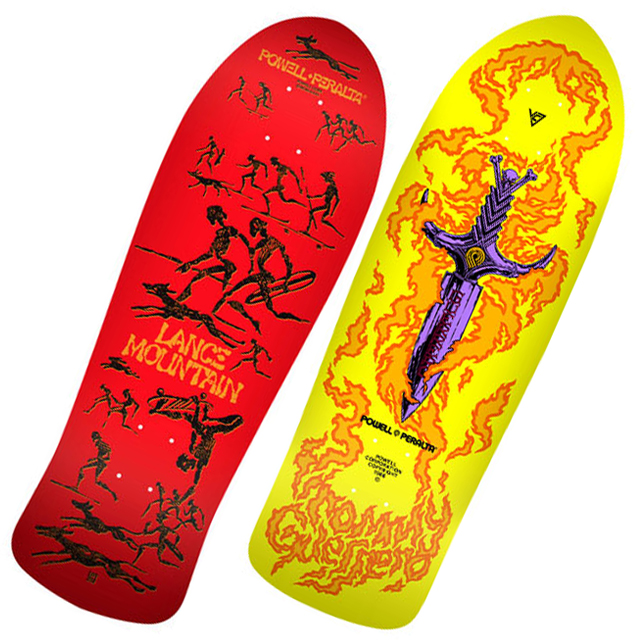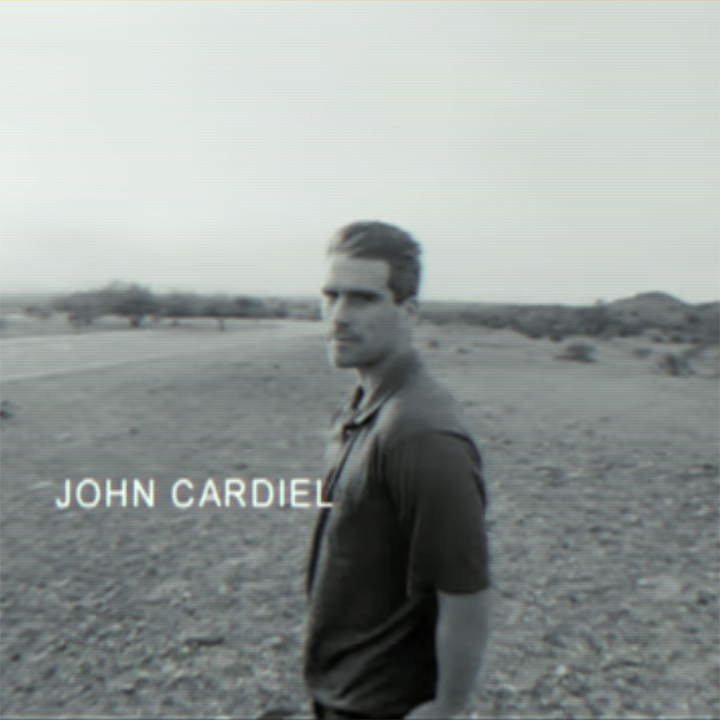Decisive moments in skate history were documented through 30 years of friendship. We look back the legacy of Josh Kalis and Mike Blabac.
──KALIS & BLABAC (ENGLISH)
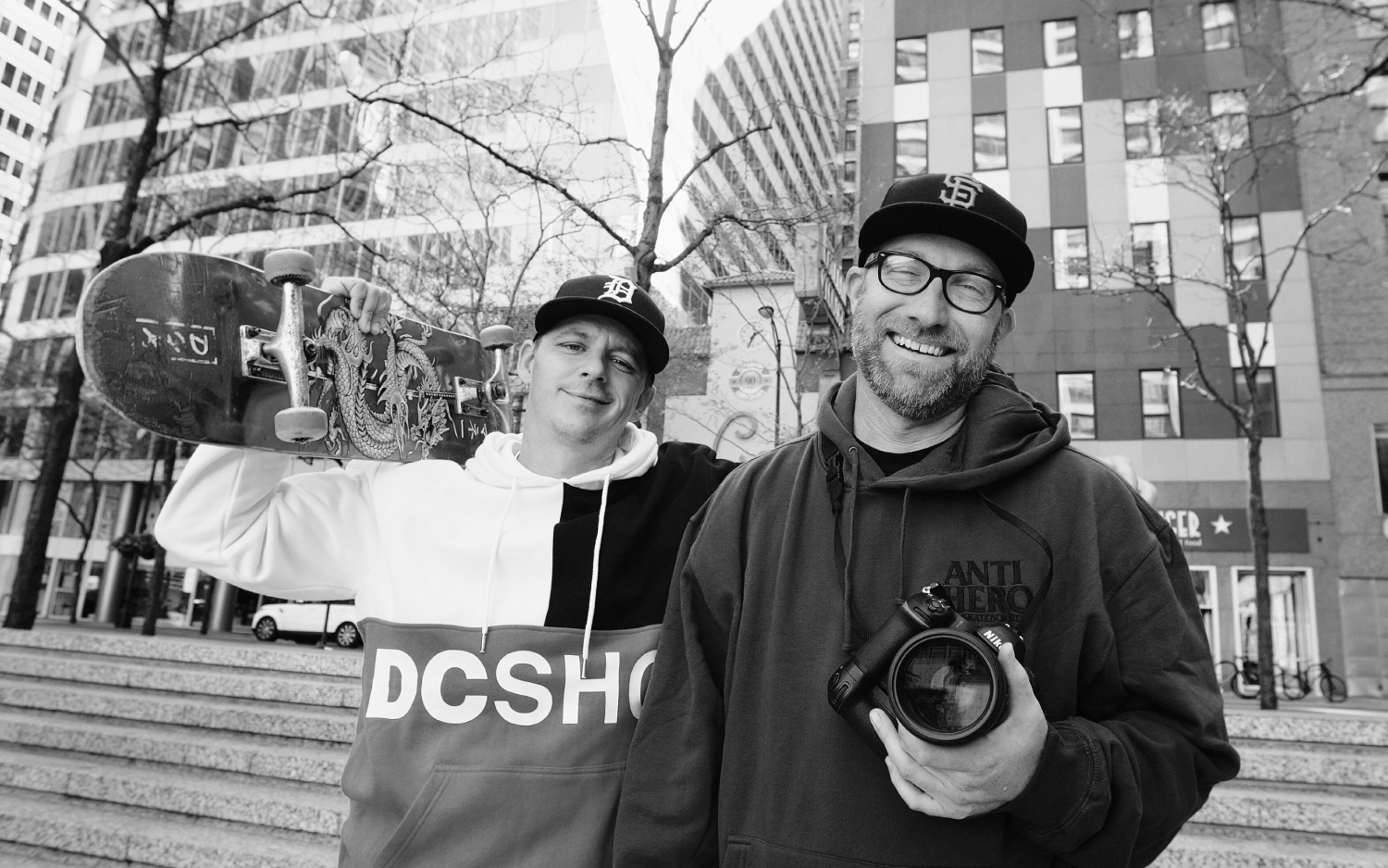
[ JAPANESE / ENGLISH ]
Photos courtesy of Mike Blabac, Special thanks: DC Japan
VHSMAG (V): It's been 30 years since you guys started shooting together. How did you guys meet?
Mike Blabac (B): It was through skateboarding in Michigan. Just like any other town, especially in the late '80s, it's like a small scene. We lived about an hour apart, so we just met through skateboarding really.
Josh Kalis (K): Yeah. I don't remember the defining moment of where we actually met.
B: I think it was like at the plaza where the ledges or that everyone used to skate in Grand Rapids.
K: Yeah, the amphitheater.
B: The amphitheater ledges. Just meeting there and I think you needed photos for something real random. So I was like, all right, because I just studied photography since I was a kid, but I never aspired to become a skate photographer. It was two separate things to me. I love skateboarding and photography, but it didn't really come together until I just started shooting photos of my friends who skated.
V: What was the first shoot like? You remember anything from those days?
K: The only thing I remember is that I was grounded in my room. Like I was on punishment, you know? And this dude, I don't remember if you called or showed up, but anyway my dad who normally would never fold or bend on me being grounded, and let me out that day to go shoot photos.
B: You told him I worked at Transworld.
K: I was good at lying back then.
V: Do you remember what you guys shot?
B: Yeah, we were just there. It was a nosebluntslide on a curb.
K: We went and looked at it just recently. Like the same stuff that we shot 30 years ago. Because it's not too far from where I live now. So yeah, it's all still there. I remember it was cold though when we went and shot.
B: Yeah.
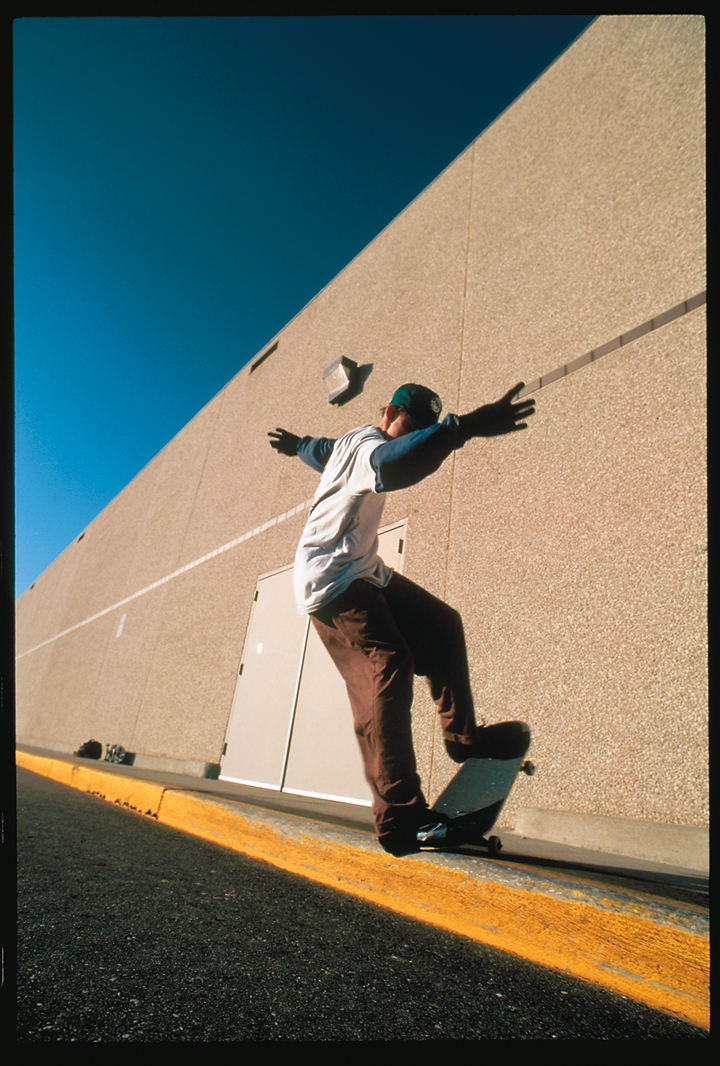
V: And then after that you moved to San Francisco right?
B: The first photo we shot was in 1989. And we would skate together a little bit. And then I moved in early '94.
V: That's where you started shooting as a skate photographer?
B: Yeah. I was just shooting a friend of mine and I worked at Gap and I was just like, "Oh, this is easier than folding shirts." But I moved there as a skateboarder. I wanted to skate, you know? But yeah, that's where I started shooting photos for a living.
V: When did you move out to San Francisco?
K: I moved to San Francisco in '94 as well but we didn't really keep in contact from Michigan to San Francisco, it was just like, "Hey, remember me?"
B: I was working at Gap, and I walked outside and he was sitting on the ground, he had a slice of pizza and I was like, "Whoa dude, what's up?" We both moved there, but it's not like today where we could follow one another on Instagram and know what we're doing. It was just pure coincidence.
K: Yeah, like five years later or something since we shot the first photo. In that five year period I lived in Dallas, Philadelphia, San Diego and then back or somehow managed to get up to San Francisco. I was kind of floating around, sleeping on couches. And that's where San Francisco was too, just floating around, sleeping on couches and sitting on the floor eating pizzas.
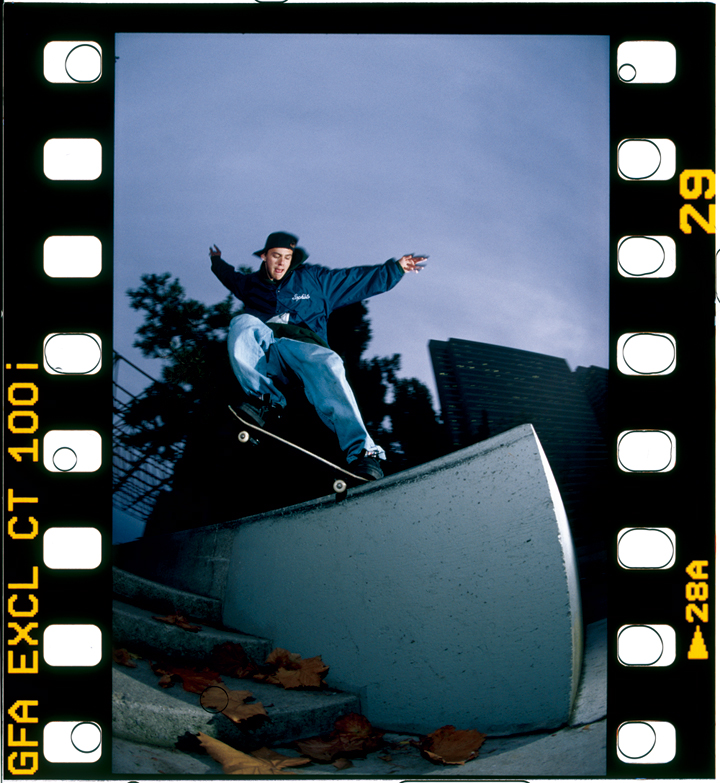
V: How did you get hooked up with DC? I heard you had been flowed from all these different shoes at one point.
K: Yeah, it was Duffs, Dukes, etnies, Vans and adidas. All the guys I was hanging out with, Dyrdek and Ken Block and all the guys that were just starting DC, you know? I think it was like 94. Ken Block was selling DC shoes out of his truck, out of the back of his pickup truck. I was on DC flow for, I don't know, two years, three years or something like that. I don't know how you came into DC.
B: Well, I always shot photos with you and Carroll and dudes who rode for DC. So I worked for Girl when I moved to LA from San Francisco around the same time as Chico and Scott Johnston, Meza, Carroll and all those dudes. All of those guys were affiliated, like Hufnagel, all of them rode for DC at the time. And so after being in LA with those guys for about a year, Ken reached out to me and he was just like, "Hey, you want to work for DC?" Which I'd always loved their ads and their shoe, just everything about it. So I was stoked to have the opportunity.
V: When I think of Josh Kalis, Mike Blabac and DC, Love Park days comes to mind. What was it like skating at Loved park?
K: The first time I ever went to Love Park is before I lived in Philadelphia, it was because my mother moved from New York City to the suburb of Philly. And when I was going to visit her some neighbor kids could drive. So they drove us down to the city and the first time I ever went to Love, there was only one skateboarder there and his name was Roger Brown. It was just the three-stair around the fountain back then. And every time I went back to Philadelphia, I just went to Love and it seemed like every visit I went, there'd be a couple more kids skating. And then I ended up moving there to be with my mom for awhile. So that was the first time, I don't even remember what year that was. It must have been like '93 or '92.
V: So you started skating there before Ricky Oyola and those group of skaters?
K: Oh yeah. Because I would come visit her and skate Love before it was a skate spot essentially, you know? And then it wasn't until the next time I moved there and it was like the Ricky land, the Sub Zero. And then I left again and when I came back, those guys weren't really there anymore. So that's when we picked up where they left off.
V: What was that in the mid '90s?
K: That had been like '97 maybe.
B: Yeah. Because '99 is when I first started going out there.
K: '99 is when we were really, really pushing it. That's when Stevie was starting to really get focused on the whole thing and he got his DC deal. And then in the early 2000s, Wenning and Pappalardo came in. But it was a blessing having Blabac come out so much because he was able to document it and we had a good platform, which was DC. So it was me and Stevie, Blabac and DC was able to present it to the world.
B: When I first started working at DC, one of the first things that Ken Block said to me, he was like, "Hey, Josh is getting a shoe, you're going to be spending a lot of time in Philadelphia," and I was like, "Sick." And it was fun. I would just go and stay on this dude's couch and go to Love Park every day and you just hang out. Just shoot what was going on every day.
V: And that's how you guys got those timeless iconic photos.
B: Yeah, I mean, you never think of it that way at the time. I spent literally most of the summers there from '99 to '01 till we really started working on the DC video and kind of traveling around.
V: That treflip off the bump over the trash can is iconic.
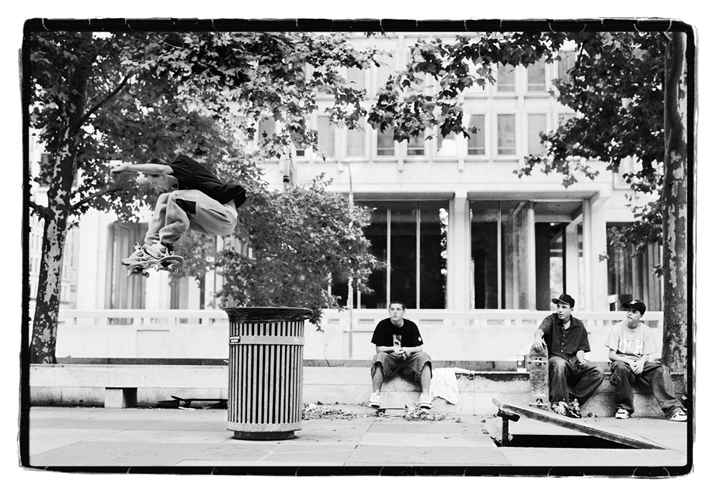
K: Well, somehow word got back that I got a treflip over the can and then I think you were just like, "Well, you're doing it again." I was like, "What do you mean?" And he was like, "Yeah, I'm coming out." So I had to do it again, you know?
B: Actually, someone had shot a photo of it previously and it was from the front and it wasn't lit super well. I remember seeing it, I think it was like a Polaroid or something and I was just like, "I'm coming out." I booked a ticket that day.
K: He does it to me all the time.
B: So I came back out and we shot the sequence on a color negative film, so I could take it to like a Walgreens one hour photo and got it processed so we could make sure we got it. I'm so thankful that we did shoot a sequence of it because that was the best catch frame of a treflip I've ever shot.
V: That treflip is my favorite one but what about for you guys? Any like memorable photos that you guys shot together?
K: I don't know man. It could be the noseblunt at Love.
B: Yeah. It's definitely one of mine.
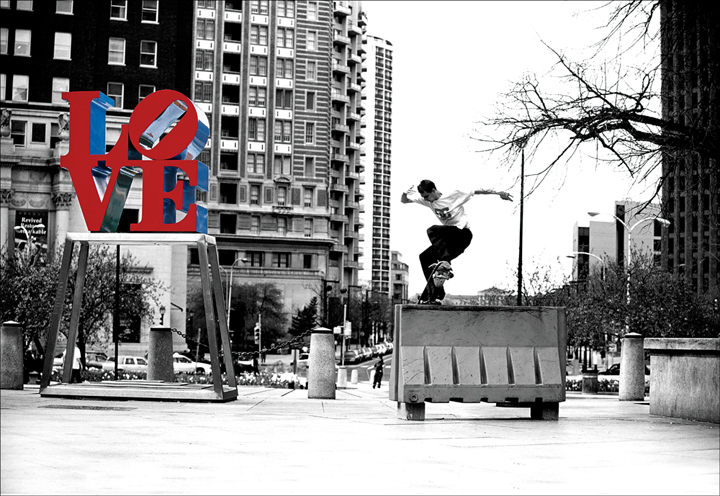
K: Probably the noseblunt because that was when Love was just about to get torn out.
B: Yes. And that's when they first put fences around it and the orange benches in front of the ledges.
K: Yeah. So we wanted to do something that was pretty strong since it was going to be one of the last one.
B: Yeah, because the park was getting shut down. And so I flew out. He had the idea for the photo and we kind of set it out there and framed it so you can see the Love sign in the park and just everything in the frame.
V: Speaking of Love getting torn down, what do you think about the importance of plazas?
K: I'm sure you can tell the difference just on skate, just the way skateboarding looks right now, that something's missing, you know. I mean love it or hate it, there was unwritten rules and all these things that aren't technically supposed to be in skate, like you had to earn respect and you could get laughed at or bullied. I mean, there was all kinds of things that happened in the plaza world because it was very urban culture type of skateboarding atmosphere.
V: It seems like there aren't much plazas any more.
K: There's a lot of plazas everywhere. There just isn't local photographers or companies or, no one's giving them a platform to show. They all have their individual platforms like Instagram or YouTube or something like that. But they exist. I mean, there's like Prague, you know what I mean? All this stuff in Spain and Paris and I mean there's plaza skating for real. They're just not putting it, no one's taking it and showing these cultures. It's just so everyone for themselves nowadays.
V: About the process of shooting together, has it changed over the years?
K: I think we're a little more defined. We'll come up with ideas, think of something real quick and go do it. Where before it was way more spontaneous.
B: But it was easier to be spontaneous when you're sitting at Love all day during the summer. It's a little more focused now just because we're older and have other things going on. But the actual shooting aspect of it and skating together for me, that hasn't really changed. It's just as fun and it feels the same to me as it did when I was a kid.
V: What's your take on the aesthetics of the things that you put out?
K: Aesthetic is one of my favorite words. Everything I shoot with Blabac for the most part there's an aesthetic thought process behind it, you know what I mean? Unless it's like a real random, "Hey, let's try to shoot this while we're here." But I think a lot of our stuff has always been like, we think about the background and where it is.
B: We're both fans of the same thing. And with photography, I love framing things up and telling a story and just even having elements in photographs. Like that treflip photo, the kids on the benches watching him, you know? Just showing those details and telling that story.
V: With all these Instagram going on, what would you say is like the best way to present yourself as a skater?
B: Because things come and go so quickly, you have to put more thought into what you put out. For example, like the cab photo that we shot for his new Kalis S shoe, there's a bit of a story behind that and it's rooted in where he has skated in Chicago. And for the book too, there's a story behind the fact that we've been friends for three decades and skating together and there's just more that you can grasp onto. So it doesn't come and go as quickly as random photos on Instagram or a clip or something like that.
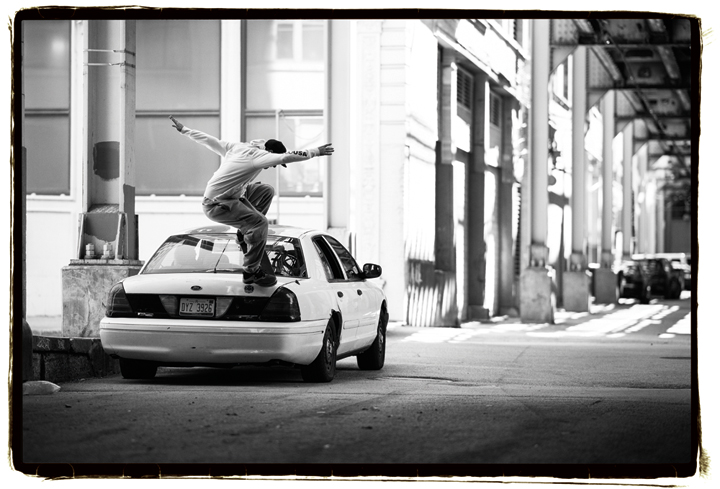
V: So you've both been with DC for over 20 years now. What keeps you there for so long?
K: If I weren't with DC, I'd lose all the history and the heritage of everything that me and Mike created together. You know what I mean? Because once you leave that behind, if you ride for somebody else how are you going to promote the old stuff. It just doesn't make sense. I would have to wipe the slate clean and go on some new promotions, which could be fun too, but I like the story. I like Michael Jordan and his story. It's just cool. It's just an awesome story.
B: I grew up tearing photos out of magazines and taping them to my wall, stare at them and studying everything about them. It means so much to so many people, and it did to me as a kid growing up. So it affords me the ability still to create those same types of images with guys like Josh and just be able to make things that people really want to stare at and care about more than anything else. DC allows me to do stuff that really means something to people and makes them feel something and inspires them to do whatever.
V: Can I talk about the new Kalis S?
K: The Kalis S is a really modernized version of my first signature model. It fits real tight but still looks dope because you don't necessarily have to have the laces in it, it's a very modern version. We also brought back the Kalis OG as the support system for the Kalis S. So there's a story behind it and it's right there. And then you want more of the story behind that shoe well it's right here in this book.
V: And you came up with a nice book to showcase the 30 years of working together.
B: Josh had been saying it would be sick to make a book because we've been shooting together for that long. It's really that simple. It was difficult to narrow it down to 100 pages of stuff that we've shot over three decades. It starts with the first photograph that we shot and one of the first photos we shot when we both coincidentally moved to San Francisco. There's a spread in there with the roll of film from the treflip sequence. And the Love days from those summers and just everything that we've shot for DC since then, over the last 20 years.
K: Is there any other skater photographer that have worked together so long?
B: There's Tony Hawk and Grant Brittain, but not consistently. It's very rare that you're friends with someone and worked together for 30 years. There's a handful of people that have made living taking pictures of skateboarding for as long as I've been. And there's a small amount of people that have had the type of career that Josh has been able to have and still is having.
K: It probably comes down to you living on one side of the coast and me live in on the side of the coast. So we don't have to always be in each others faces everyday. You now what I mean?
V: Looking back on the 30 years, what's the fondest memory working together?
B: Just being at Love. I didn't realize not in a million years did I think that when we shot that sequence over the can that we'd be sitting in Tokyo 20 years later talking about it. Just sleeping on Josh and Stevie's couch, skating at Love every day hanging out, eating cheese steaks, watching these dudes run from the cops and just shooting what's going on. I'm so thankful that I was the camera nerd and kind of just shot everything.
K: For me it's that day I was grounded when he showed up. Because I was like, "I'm out of the house, I get to go skate." I'm going to be honest. That's probably my fondest memory.

Josh Kalis
@joshkalis
Kalis is known for building a whole new era through skating at Love Park. Still going strong, he just released his new shoe Kalis S. His classic video parts include Photosynthesis, The DC Video, Mind Field, etc.
Mike Blabac
@blabacphoto
Blabac started his career as photographer in 1994. Through shooting skaters from Mad Circle and Girl, he landed at DC. He's known for capturing Love Park's golden era in the late 90s.

